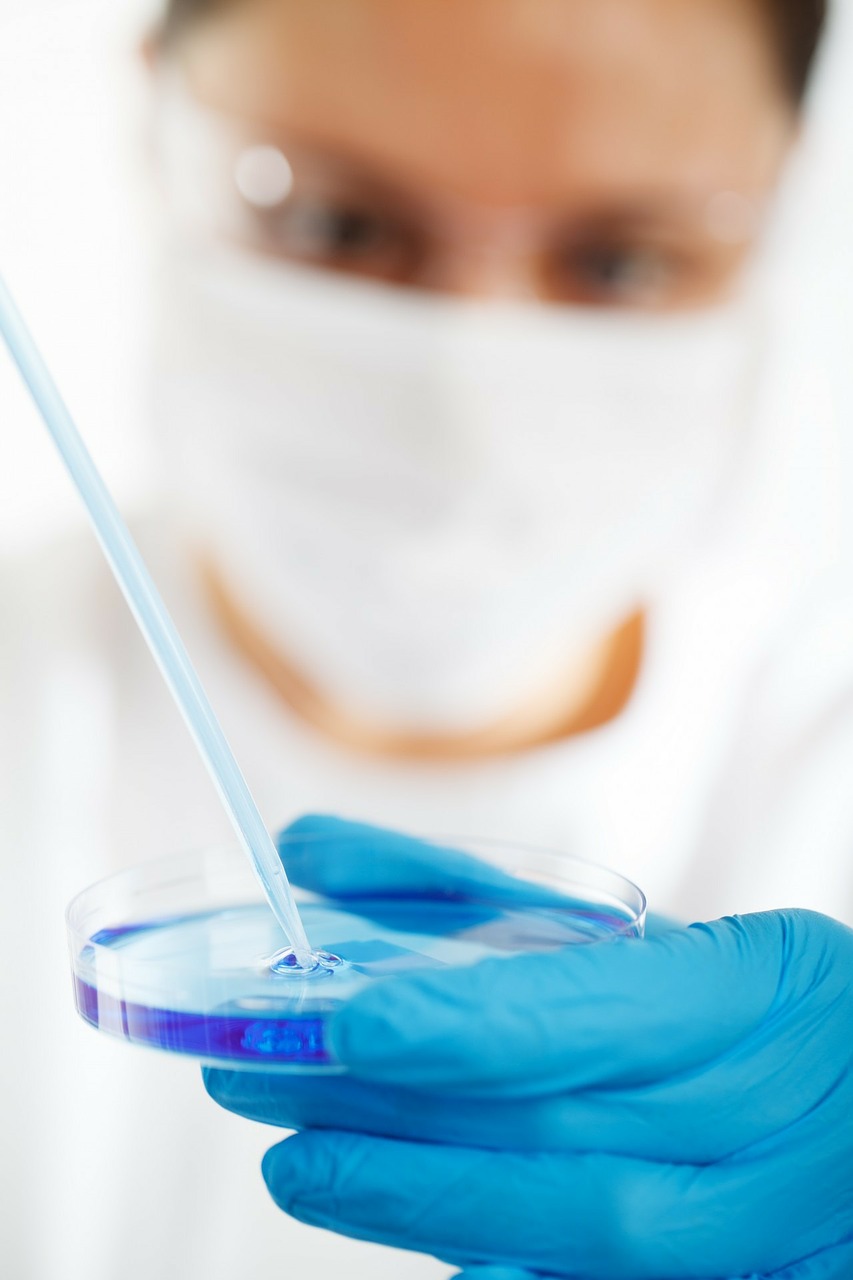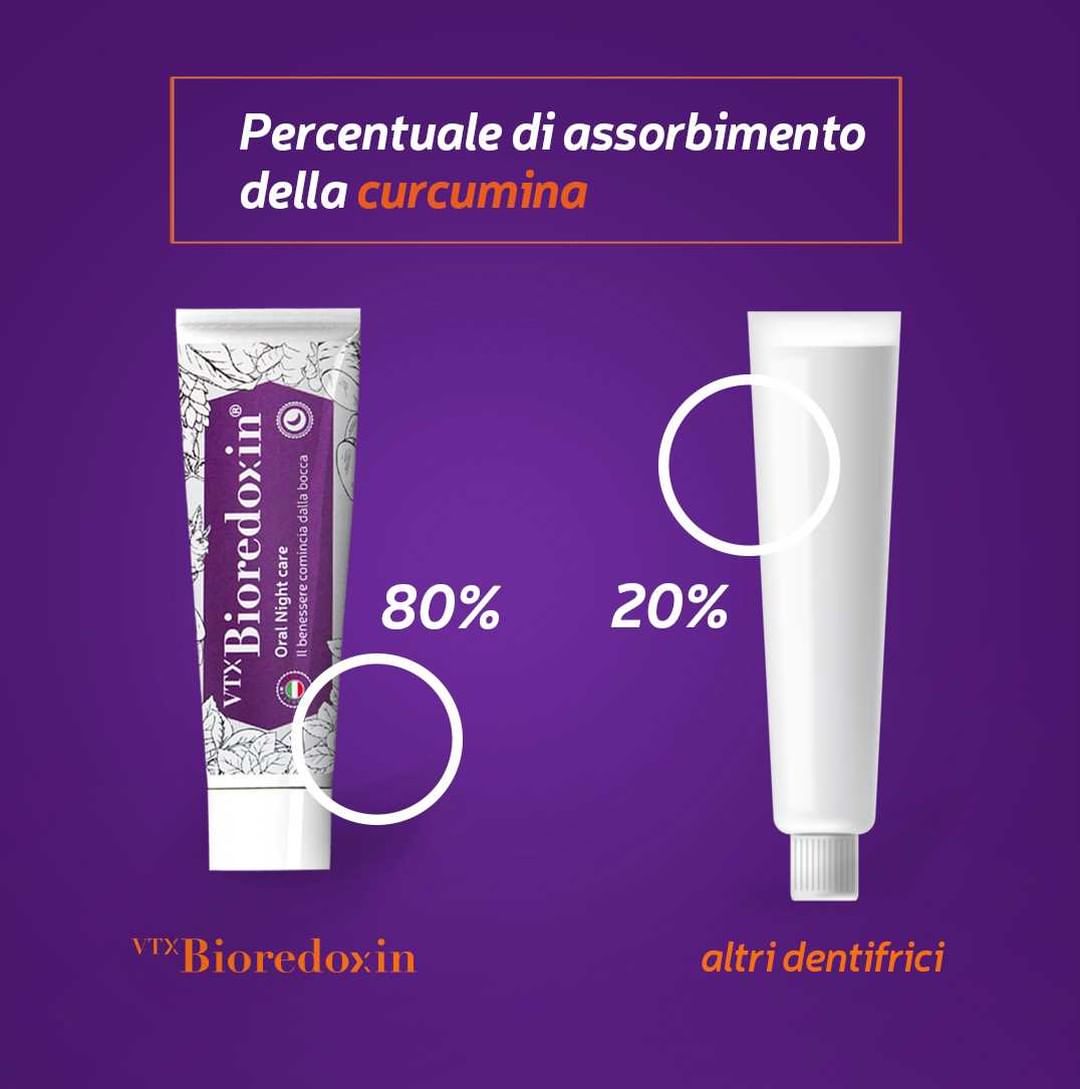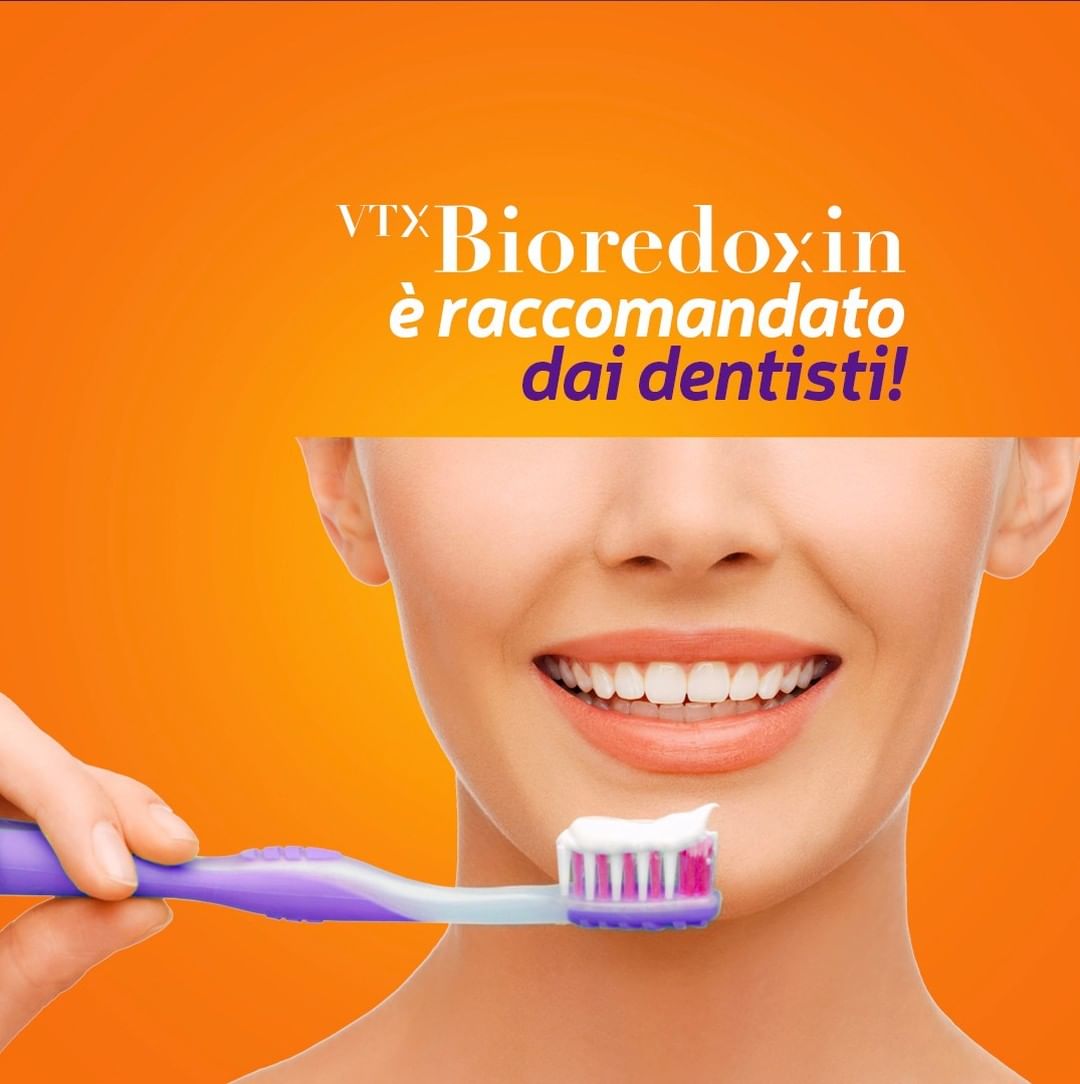Scientific study
The scientific study that Bioredoxin conducted was aimed at discovering the biological effect of a curcumin-based toothpaste. A study carried out by the Department of Oral and Biotechnological Sciences of the University of Chieti.
In particular, the aim of the study was to find a correlation between the bacterial content associated with periodontal disease and the effect of a systemic dental treatment with a toothpaste enriched with curcumin.
Our study published on PubMed.gov
Evaluation and efficacy of curcumin against periodontal bacteria: an in vitro study
Phase 1: Study of the disease
Periodontal disease is an inflammatory disorder that affects the supporting tooth structures, including the gum, the periodontal ligament and the alveolar bone, causing the loss of connective tissue, the resorption of the alveolar bone and the formation of periodontal pockets.
Mainly, periodontal disease is associated with a cohort of pathogenic bacteria, which determine the synthesis of the biofilm and the induction of a cariogenic state of the teeth.
Phase 2: Materials and methods
XXX volunteer patients, aged between 21 and 59 years, with a mean age of 35.5 years, were enrolled in this study. Based on the depth of the gingival pocket between 3 and 7 mm, the patients were divided into two groups: the first (XX patients) with deep pockets> 5 mm and the second (XX patients, 53.7%) <5 mm .
Pocket depth and probing bleeding were the clinical parameters measured for each patient. The samples taken were processed for microbiological analysis using Taq-Man absolute quantitative technique in real time (CEIVD – Meridol-Perio-Diagnostics kit).
Phase 3: Purpose of the research
The enrolled volunteers were randomly divided into two groups: X were treated with a regular toothpaste (Vitalex formula *, toothpaste enriched with herbs and natural flavors, * registered trademark) and other X were treated with the toothpaste enriched with Vitalex curcumin to two weeks of delivery two treatments per day (one in the morning and the other in the evening).
On day 0 before treatment, an extract of plaque content from the deep gingival pocket was taken and processed for DNA extraction and real-time PCR analysis of periodontal pathogenic bacteria. The same procedure was applied at the end of the treatment.
The evaluation of the data was based on the quantitative presence of bacterial species investigated.
Phase 4: Results
Patients treated with the two toothpaste preparations were analyzed for quantitative presence of periodontal bacteria in their deep gingival pocket and dental plaque. The results were as follows: Volunteers after the curcumin-enriched toothpaste showed a reduction in the amount of periodontal pathogens present in their gum pocket.
Furthermore, on bacterial culture plates, peridontal bacterial growth was attenuated on culture preparations in the presence of curcumin.
What derives from this: that curcumin dissolved in toothpaste gives a potential beneficial effect on lowering the content of pathogenic bacteria, causing a decrease in cariogenic promotion and giving a beneficial anti-inflammatory state, counteracting periodontal disease.



CONCLUSIONS
Everything starts and is based on quantitative microbiological analysis, a key point for improving patient compliance, allowing us to choose the specific antibiotic treatment avoiding antibiotic resistance and ensuring the success of therapy for periodontal disease.
This pilot study suggested the possibility of launching a specific line of toothpaste products to control periodontal disease, thus maintaining good teeth health.